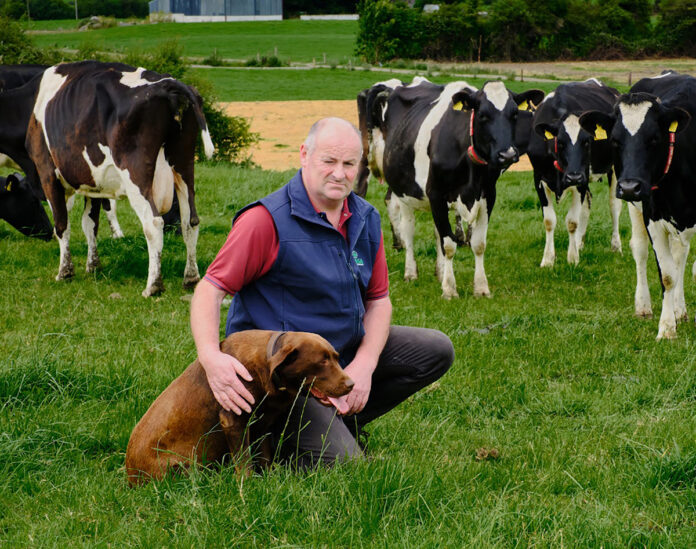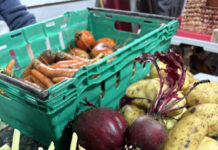
Speaking following the first meeting of Agricultural Water Quality Group since the publication of the ‘Water and Agriculture – A Collaborative Approach’, the Deputy President of ICMSA, Eamon Carroll, described both the document itself and process outlined as welcome and promising.
Mr Carroll said that ICMSA was confident that the ‘whole-of-sector’ approach to water quality would pay dividends and represented a ‘best foot forward’ strategy that would improve water quality and ultimately secure the Nitrates Derogation post 2025.
He said that while it would be naïve to think that the publication of this document represented a guarantee of future success, ICMSA’s representatives on the WQG would do all in their power to ensure that real measurable progress was made in the coming 18 months to secure the future of farmers and improve water quality.
“The impending visit of the European Commission in September is a case in point; all efforts should be made to ensure that officials see the practical and positive differences of a grass-based system and see the scientific evidence indicating that. Our grass-based system is widely accepted right across Europe as unique and it’s up to us all to reinforce the positive image of that system and highlight the need for our continuing Derogation.
“Over the longer term and through utilisation of this document, there is real potential for the WQG to implement and drive changes that benefit both farmers and water quality and show conclusively that a thriving farming sector can – and will – coexist alongside good water quality,” said Mr Carroll.
The ICMSA Deputy President said that farmers desperately need both certainty and confidence and he identified the proposal for a 60% TAMS storage grant as a very welcome start. He maintained, however, that an equalisation to the importation grant worth 70% would be a welcome move.
“This grant needs to be available for applications on 1 January 2025, so that farmers can build in the dry months of next year’s summer next year – and approval need to be quick and reliable. The planning exemption is also a welcome development that needs to ‘dovetail’ with this TAMS funding to ensure a full take-up so that maximum storage can be provided to farmers.
“We think that the detail and timelines around the introduction of this planning exemption need to be published and communicated so that that interested farmers can be ready-to-go to apply for the grant on 1 January 2025.”







